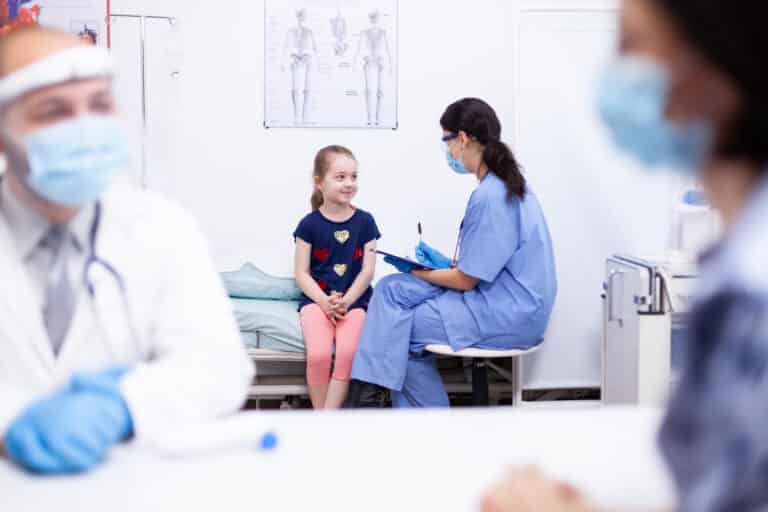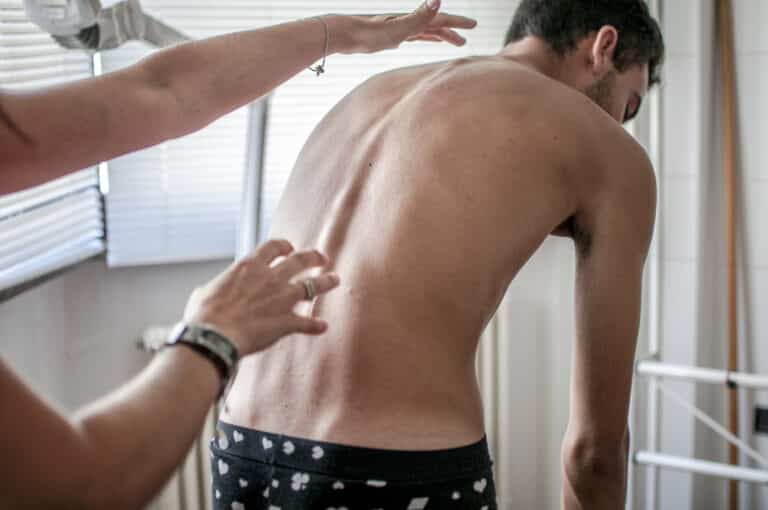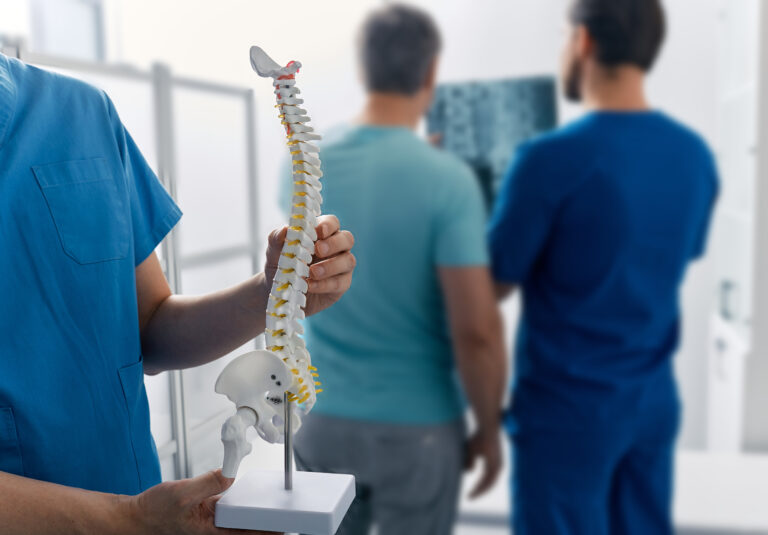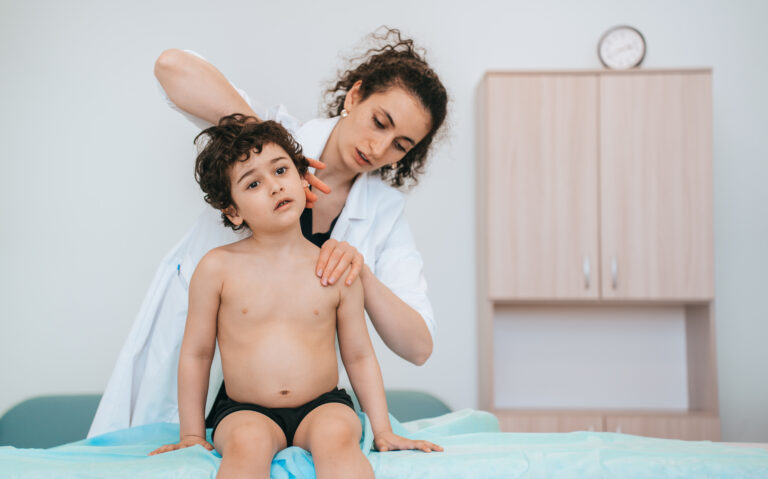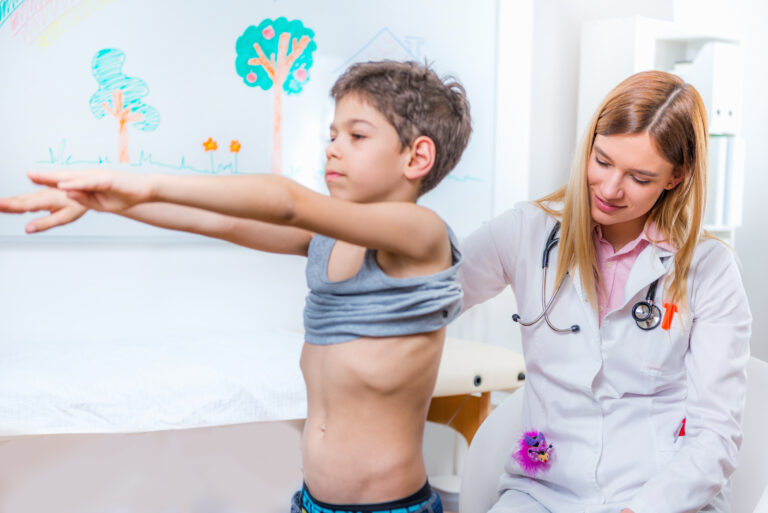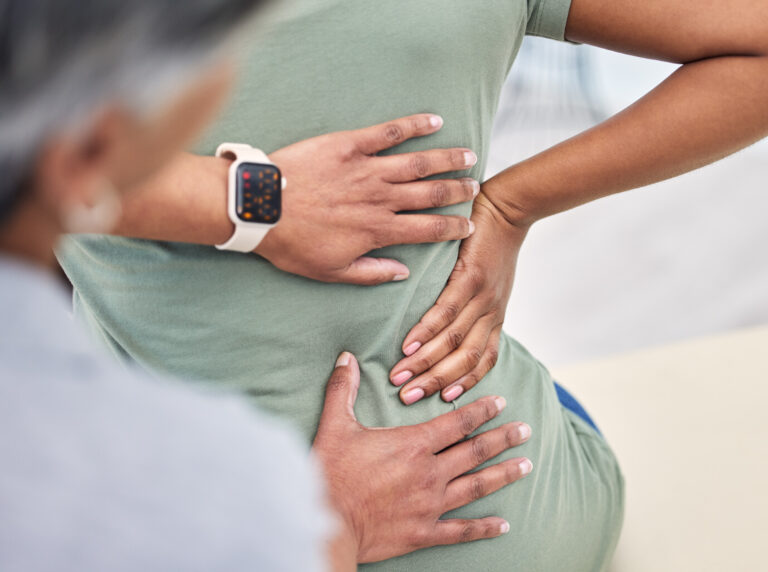Scoliosis — an abnormal sideways curvature of the spine — is often seen as a condition that’s easily detected...
Scoliosis, a condition often misunderstood or overlooked, can become increasingly problematic in adulthood—particularly when it leads to pinched nerves....
Scoliosis is a condition that affects millions of people worldwide, often leading to life-altering treatments such as spinal surgery....
Dextroscoliosis refers to a condition in which the spine curves to the right. When this curvature occurs in the...
Scoliosis, a condition characterized by an abnormal curvature of the spine, is often detected during childhood or adolescence. To...
Rotoscoliosis is a specific type of scoliosis that involves a significant rotational component in addition to the typical lateral...
